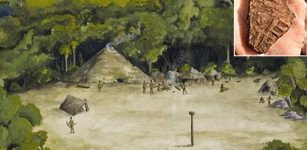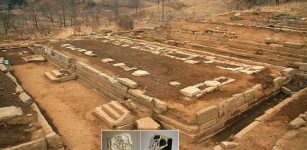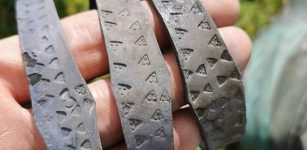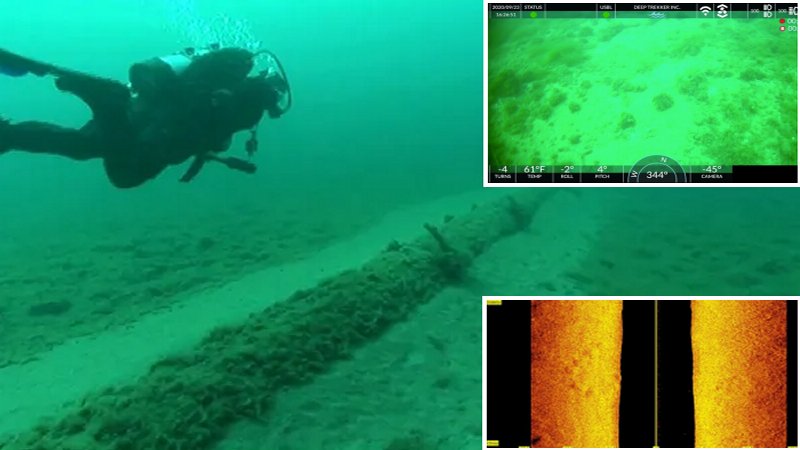Dozens Of Burial Mounds And Hundreds Of Ancient Artifacts Discovered In Lost City In Poland
MessageToEagle.com – Archaeologists excavating in Poland have made an astonishing discovery. Not only have they unearthed hundreds of ancient, beautiful artifacts, but the researchers also found previously unknown structures that turned out to be ancient burial mounds.
The 2,500-year-old burial mounds are located in in the forest district Sarbia in the northern part of Wielkopolska. The historic cemetery was previously unknown to scientists. Many of the mounds have been preserved in very good condition. Some of them are still almost 2 meters (6,5 foot) high. Their diameter is about 20 meters (65,6 foot).
Remains Of The Jastorf Culture
Analysis of the pottery discovered at the site suggests the region was occupied by the Jastorf Culture, the earliest Iron Age culture of northern Germany and southern Scandinavia. These people reached northern Poland, arriving from southern Jutland and the basin of the lower and middle Elbe. It is identified by some scholars as the tribe of Germanic Bastarnae who were moving from Northern Europe to the Black Sea.

The Jastorf culture was characterized by its use of cremation burials in extensive urnfields, counting even more than a thousand graves and link with the practices of the Northern Bronze Age.
Given that the newly discovered site is located away from the main center of the Jastorf culture, the mounds of Notecka Forest are an extremely valuable discovery, researchers believe.
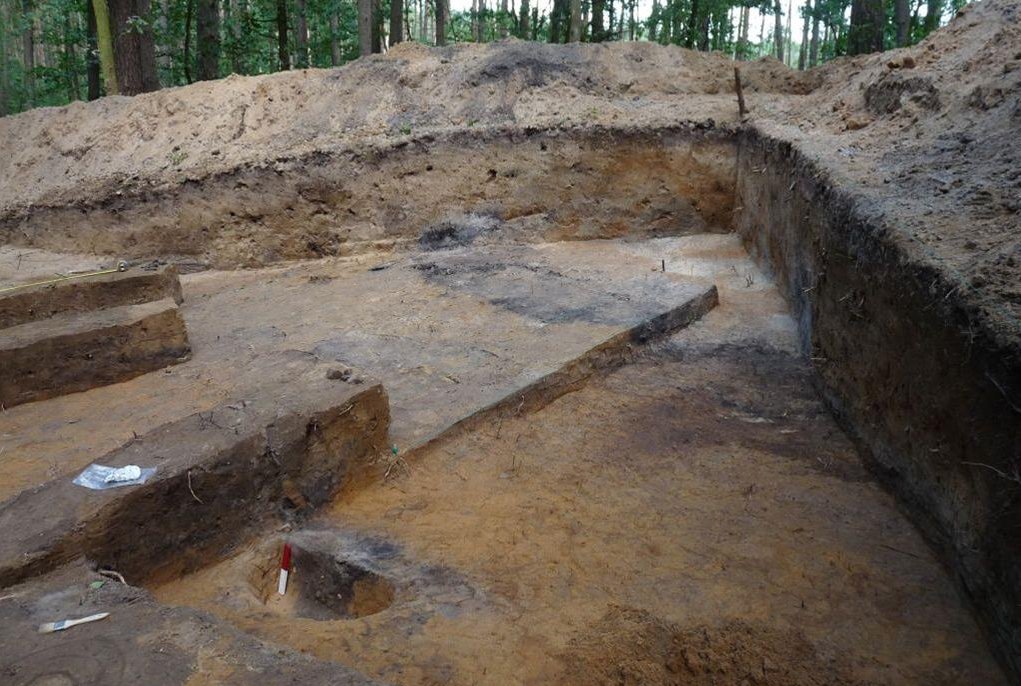
The cluster of mounds was located by Maciej Sokolowski from Budzyn, who analyzed satellite images for geology.
Sokolowski suspected these were ancient structures and when archaeologists started to excavate the site, they could confirm that he had been right in his assumptions. In two surrounding ditches, scientists found large amounts of charcoal and fragments of pottery. In the internal cavity, they found cremated human remains.
See also:
Unique 9,000-Year-Old Ritual Spear With Intriguing Engraved Ornaments Discovered In Poland
9,000-Year-Old Shaman’s Sanctuary Discovered In North-Western Poland
Biskupin: A 2,700-Year-Old Defensive Settlement Of Lusatian Settlers In Poland
Unique Neolithic Complex Of Cult Structures Of Millennia-Old Globular Amphora Culture, Poland
Hundreds Of Ancient Artifacts Discovered In The Lost City
Next discovery was also of great archaeological importance. Close to the medieval town Dzwonowo (Wielkopolska) scientists unearthed bone combs, iron knives, ornate bourgeois, a knight’s belt fittings, and ancient coins.
“The results of the excavations exceeded our wildest expectations,” said archaeologist Marcin Krzepkowsk who discovered the lost city.
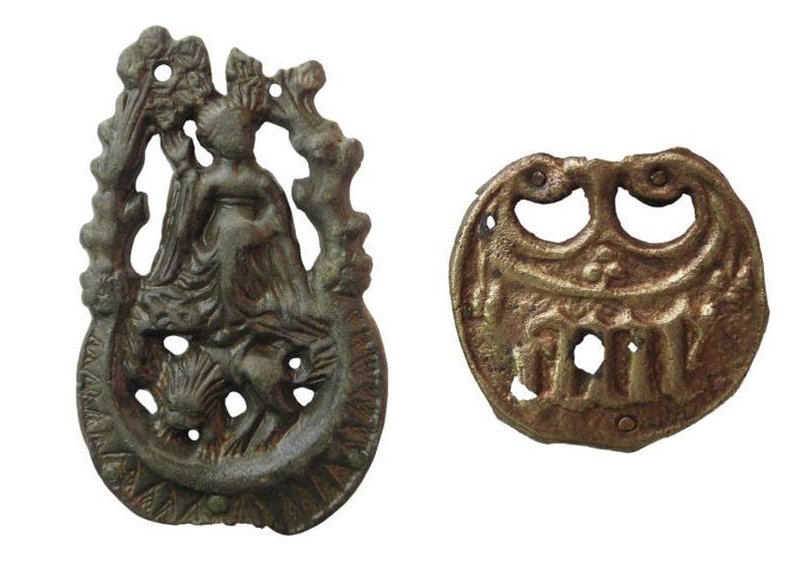
While examining one of the 21 ancient graves, researchers came across a body that had a coin placed in the mouth. It was a Sigismund III Vasa penny, which allowed scientists to determine the time of burial was the first half of the seventeenth century. The Dzwonowo cemetery was associated with the St. Michael church demolished almost 250 years ago.
From the east the cemetery adjoined to the earth embankments of the town, whose existence archaeologists also managed to confirm during this year’s work.
“Trenches at the old market square yielded very interesting results. We found the remains of medieval buildings, with preserved remains of buried basements with walls built of wood” – said the archaeologist.
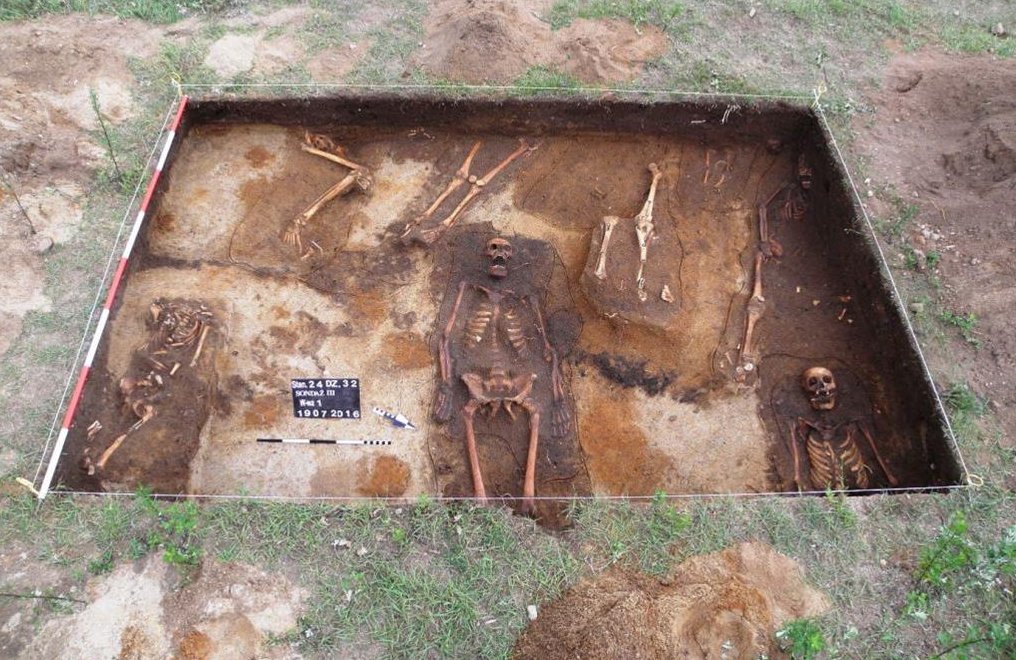
During the excavations it turned out that the fourteenth-century building on one of the plots burned down with the underground part. The house was soon rebuilt with a slightly smaller cellar.
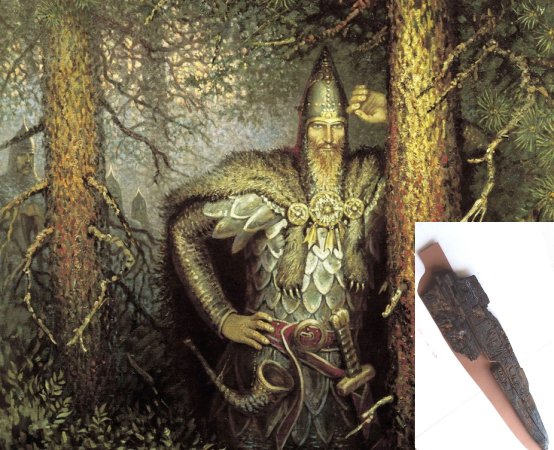
According to Krzepkowski it is possible that traces of a fire could be associated with the civil war in Wielkopolska in the 1380s.
Archaeologists excavated a huge number of artefacts from inside the cellars. One of the most valuable is a denarius of Władysław the Short from the years 1312-1333 – according to Krzepkowski, it is the fifth such known coin. Archaeologists also found combs, sharpening stones, iron knives and fire strikers, ornate bourgeois and knight’s belt fittings.
The site of the medieval town is situated in the area of poorly recognized by archaeologists – dense Zielonka Forest north of Poznań. Who knows what more ancient secrets are still hidden in this mysterious place.
MessageToEagle.com



